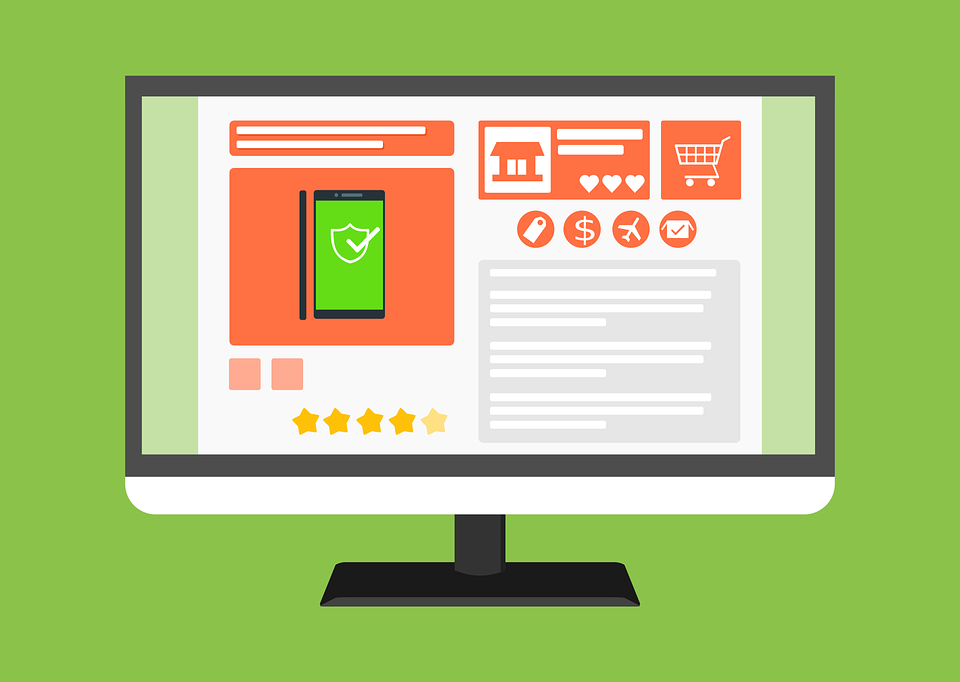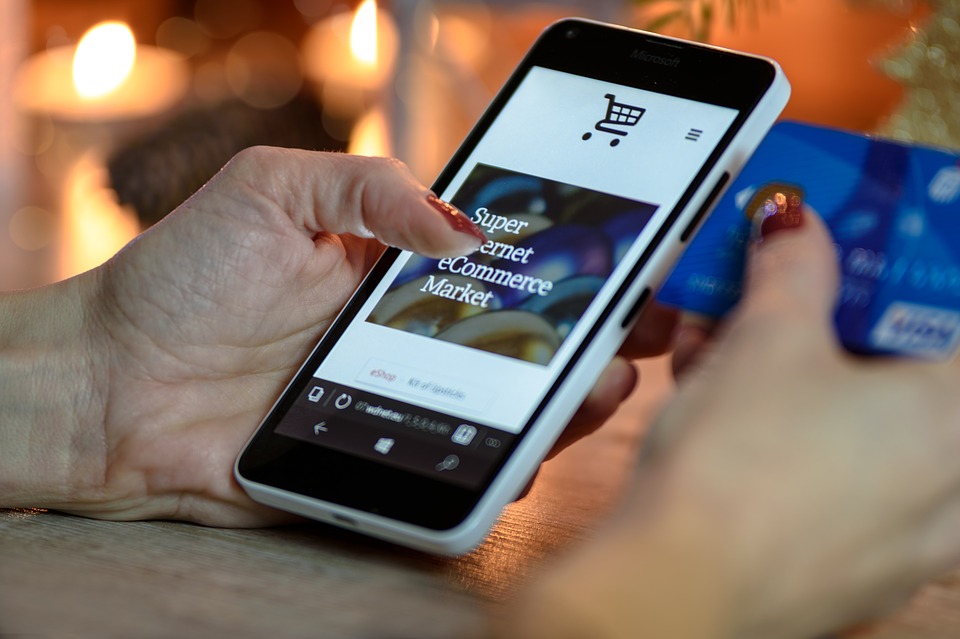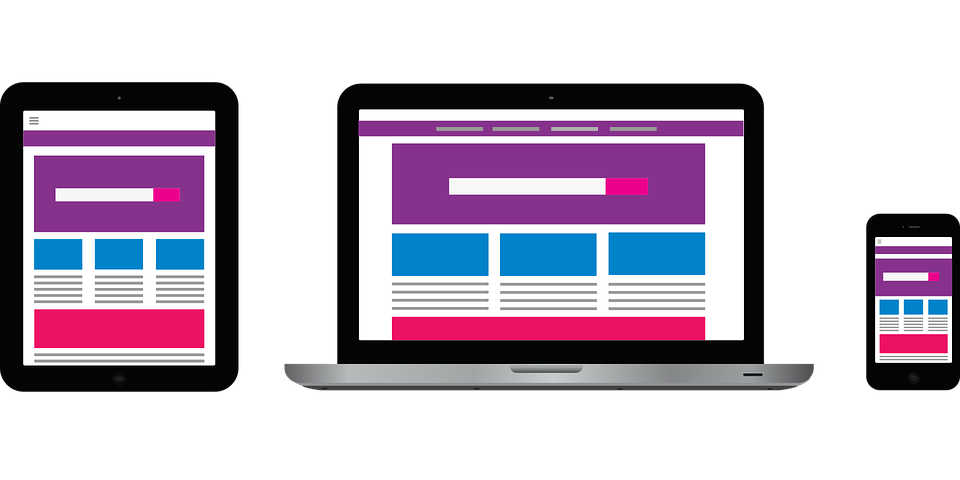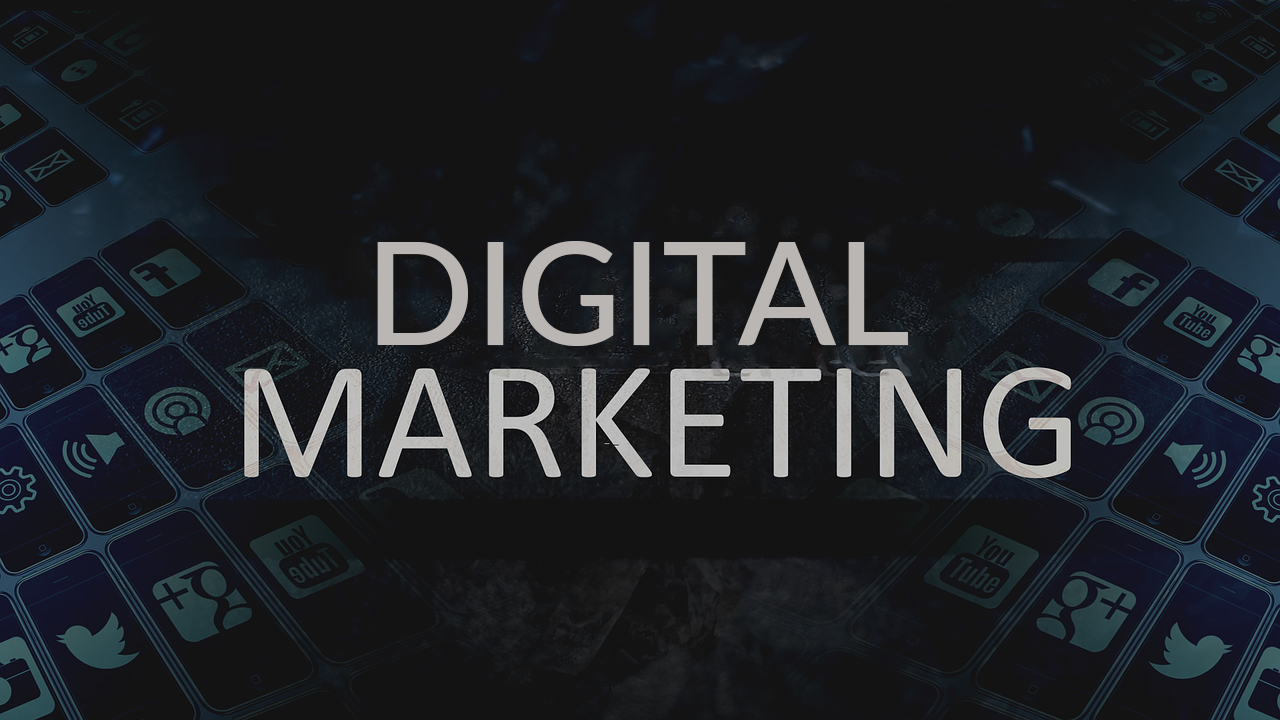The first quarter of 2019 has almost passed, and it has been predicted that 18% of the purchases will be made online by 2040. Further, 95% of the orders will be facilitated by e-commerce store.
Considering the above statistics, it comes as no surprise that the fate of your online business is dependent on how your website works. But did you know that all your website operations rely on the choice of your e-commerce platform?
Now, as the online store owners narrow down the choices, they are only left with two main platforms as the contenders- Magento and Shopify. While both platforms can create a one-of-kind e-commerce store, they differ in many areas.
To start with, Shopify works best for smaller businesses. On the flip side, Magento is aimed at enterprise businesses. This post is going will give you an in-depth insight on Magento and Shopify and help you decide which is an ideal platform for your e-commerce store.
Magento and Shopify in a Nutshell: e-commerce store
- Magento:
Launched in 2007, Magento is a self-hosted e-commerce platform that powers a number of web stores. The platform is open source and comes with two versions including community (suitable for developers and small businesses) and enterprise edition (best suited for mid-sized and large e-commerce stores). The usage of the platform is free, but you’ll have to pay an amount for premium apps, themes, and hosting.
Irrespective of the price you have to pay, this platform is best known for its flexibility, ability to customize, and scalability.
- Shopify:
Shopify is a hosted e-commerce platform that allows single-step order fulfillment and lets you set up a store with a custom domain and a theme.
This platform comes with an easy-to-use interface and is more for beginner developers. Moreover, it comes with a 14-day free trial, allows integration with over 70 payment gateways, and is available in almost every language.
Although there are numerous Shopify alternatives available across the web, what sets this platform apart from others is its ability to set up a dynamic store in no time. You will have to pay for the platform after the free trial, but the Shopify team takes care of all the technical tasks.
Magento and Shopify: What Numbers Say!
| Description | Shopify | Magento |
| Number of Websites | 600,000 | 250,000 |
| Number of Extensions | 2,400+ | 3,000+ |
| Number of Themes | 60 (external purchase is allowed) | 12 (external purchase is allowed) |
Now when you are aware of what these platforms are, here is a feature comparison of Magneto and Shopify.
1. Basic Functionality and Ease of Usage:
Both the e-commerce platforms have all the basic store functionalities that are easy to use and maintain.
But if we compare both the platforms, Shopify is a drag and drop website builder. Magento has a steep learning curve, and you will have to learn some technical terms to get through the e-commerce store development process.
With Shopify, the developer can add the products; customize the look and feel of your store and set up the payment process in no time. The best part is you can make the entire e-commerce store without any technical knowledge.
In Magento, you have to learn some code to develop an entire e-commerce store. Not to forget, they have comprehensive user guides that walk you step-by-step through various processes. They also have a forum from where you can learn some tricks of the trade.
2. Search Engine Optimization (SEO)
When it comes to SEO, both have great search engine optimization capabilities. However, you’ll have to leverage extra plug-ins in the cases for both platforms. But in the case of Shopify, SEO features are automatically built into the website, even in the product pages.
3. Themes and Templates Availability:
In terms of themes and templates, both platforms offer highly-functional customization capabilities. They let you edit the raw code directly and give you full control over the design and appeal of your e-commerce store.
Coming to the differences, Shopify offers a wide variation of mobile-optimized themes. Although many of them are free, if you go for the paid ones, your store gets a professional look and gets equipped with great sales potential. You also get the option to add new pages, change the color palette, move or resize the elements, and integrate the social media feeds.
When it comes to Magento, it has 12 themes. Out of 12, 10 of them are fully responsive. This platform does have free themes, and the paid ones also start at just $1.
With this platform, you can also create your theme or template from scratch. You have the option to add a slide, newsletter, and animation to the website.
4. Inventory Management:
All Shopify plans allow unlimited products in the store. Magento also allows you to add or create an unlimited number of products on the website.
But Shopify is one step ahead in this point due to its integration with drop shipping inventory apps such as Oberlo. Further, in Magento, you have the risk of slowing down your website.
5. Hosting Features:
Your website’s performance, storage, security, and speed are dependent on the hosting you choose. Did you know that 40% of people will abandon a website if it takes more than three seconds to load? This will result in a loss of customers as well as revenue.
As Shopify is a hosted platform, it takes care of your entire domain and hosting needs; offers you 24*7 support, and let you concentrate on your business.
Magento comes with two hosting options, including Open Source and Cloud. In Open Source hosting, you have to buy your domain and hosting. But in the case of Cloud, your e-commerce store is hosted and maintained by Magento.
6. Payment Processing:
Shopify platform is already equipped with a payment processor, which is known by the name of Shopify Payments. If you use Shopify Payments for your e-commerce store, you won’t be charged any transaction fee. Moreover, it comes with the support of 60 external payment processors.
For Magento, you will have to download the extension of the payment processor that you want in your e-commerce store. You can look for these extensions in Magento’s marketplace. However, some factors that make Magento worth the consideration are international market coverage and support for multiple languages.
Summing Up:
When it comes to choosing an ideal e-commerce platform, there are lots of factors to consider including interface, scalability, number of themes, templates, speed, load time, cost, search engine optimization, and more.
Is Shopify worth it? If your considerations are ease of usage, availability of themes, not wanting to pay the transaction fee, and having the hosting and bandwidth taken care of, look no further than Shopify. It is user-friendly, has a payment processor, and comes with an array of themes to help you get started.
But if you are technically savvy and want to build an e-commerce store for a large enterprise, go for Magento. With this platform, you will also have to find your hosting provider, which can become expensive, as your business scale. Moreover, there is a chance that you might have to invest some time as well.
If you are still stuck on the decision, skim again through the comparison of features, weigh their pros and cons, and make the best choice for your business.
Read Also:

























